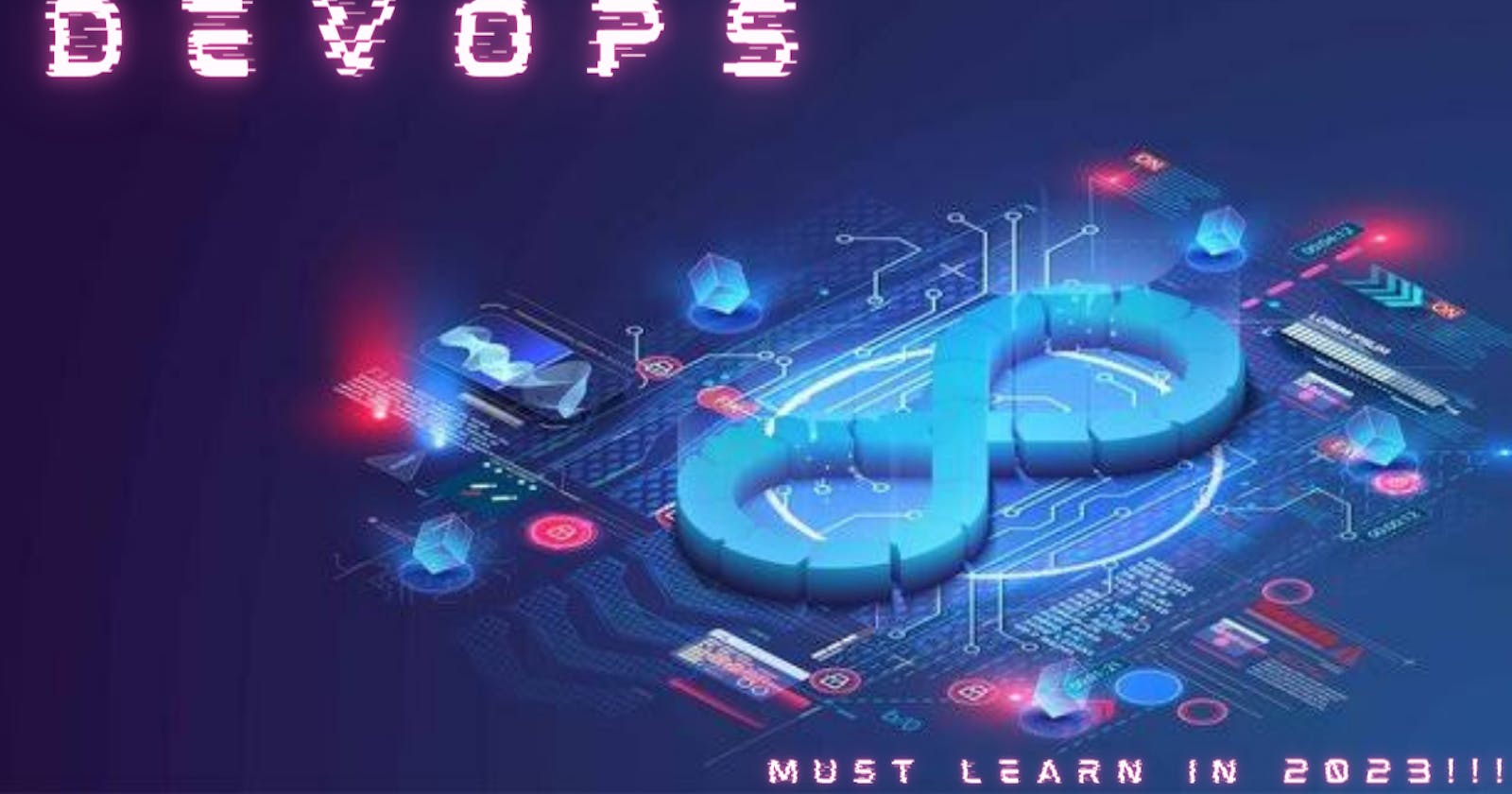Overview
Hey everyone, in this blog post you're gonna get a brief introduction to the technology for which the company pays the highest and whose services are acquired by every company to fulfil their daily needs.
The term DevOps is divided into 2 parts-
Development and Operation
Anybody who is involved in developing and creating software is into Development.
And Operations team deploys and manages the state of the application.
The main motive of DevOps was to make these operations faster and better by continuous delivery because development we know that the development process is fast but operations are not.
Why DevOps?
• It of the top skills required in IT industries.
• Everyone needs DevOps because everybody wants to deliver and deploy their products quickly and efficiently.
• DevOps market is forecast to reach $12.5 billion by 2025 at a CAGR of 25.2% during 2020-2025.
• Increased need for faster application delivery high productivity of a business and eliminating unnecessary capital expenditure in IT are expected to accelerate the DevOps market.
• As mentioned earlier, it is one of the highest-paying jobs as per multiple surveys conducted by Quora, Indeed and Glassdor.
• DevOps ain't going anywhere for a long long time so your job is safe so why not add a new skill to our inventory?
How DevOps work?
Ops team writes automation code for deployment and Testers will write automation code for testing and sync with Developers.
How does all the teams and processes integrate together?
Now we have CI process integrated with deployment automation which triggers software testing and automating every step and stitching them together gives us CD automation.
Now let's get to know about the heart of DevOps i.e. Continuous Integration and Continuous Delivery.
What is CI?
It is a DevOps software development practice where developers regularly merge their code changes into central repository, after which automated builds and tests are run.
What is CD?
It is a software development practice where code changes are automatically prepared for a release of production.
SDLC (Software Development Life Cycle)
Requirement: Gathering and analysis.
Planning: Cost and Resources.
Architecture: Design which will be a roadmap for developers.
Development: The developer writes code based on the design he's provided with.
Testing: The tester proceeds after seeing all the issues in the codebase and assures the quality of code.
Deployment: It is the responsibility of system admins that the operations work in deploying the product.
Maintenance: Manage changes and keep them updated.
Deployment tools:
Terraform, CloudFormation for Cloud Infrastructure
Automation.
Ansible, Puppet, Chef for System Automation.
Jenkins, Octopus Deploy for CI/CD Automation.
Helm charts.
Code deploy.
That sums up guys.
Thank you for going through the entire blog. Hope you find it useful.
